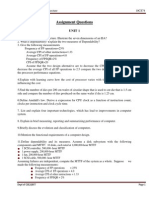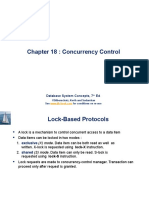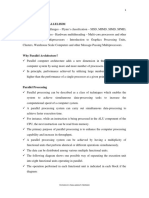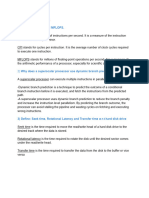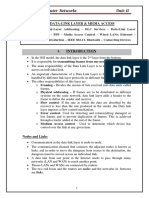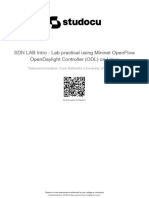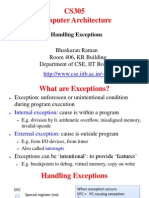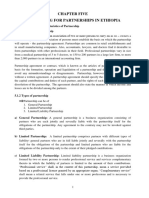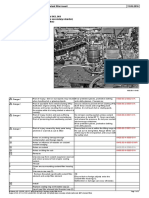0% found this document useful (0 votes)
267 views12 pagesChapter 8: Deadlocks: System Model Deadlock Characterization Methods For Handling Deadlocks
(1) Deadlock occurs when a set of processes are waiting for resources held by each other in a cyclic manner. (2) Four conditions must be met simultaneously for deadlock to occur: mutual exclusion, hold and wait, no preemption, and circular wait. (3) A resource-allocation graph can model resource usage, with processes and resources as vertices and allocation as edges; a cycle implies deadlock.
Uploaded by
Anonymous nLUdTmCopyright
© © All Rights Reserved
We take content rights seriously. If you suspect this is your content, claim it here.
0% found this document useful (0 votes)
267 views12 pagesChapter 8: Deadlocks: System Model Deadlock Characterization Methods For Handling Deadlocks
(1) Deadlock occurs when a set of processes are waiting for resources held by each other in a cyclic manner. (2) Four conditions must be met simultaneously for deadlock to occur: mutual exclusion, hold and wait, no preemption, and circular wait. (3) A resource-allocation graph can model resource usage, with processes and resources as vertices and allocation as edges; a cycle implies deadlock.
Uploaded by
Anonymous nLUdTmCopyright
© © All Rights Reserved
We take content rights seriously. If you suspect this is your content, claim it here.
/ 12
